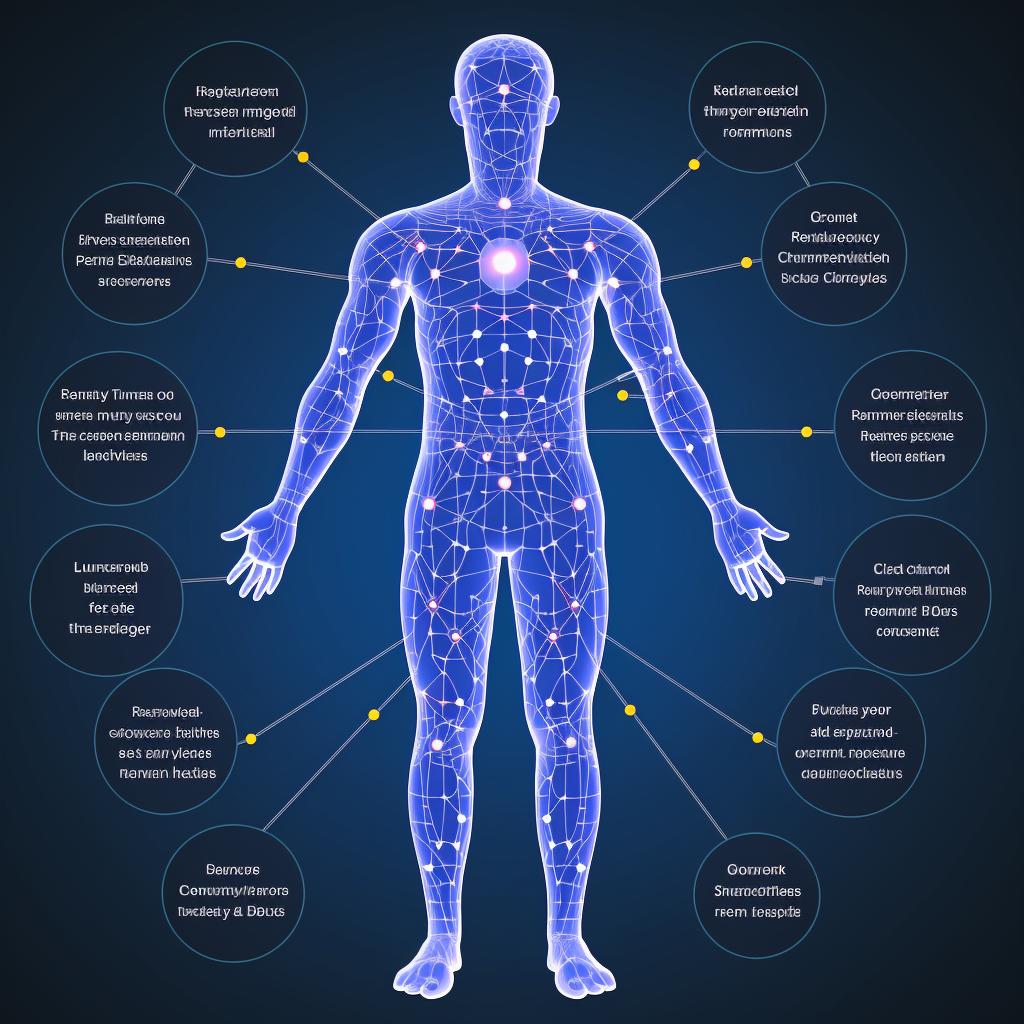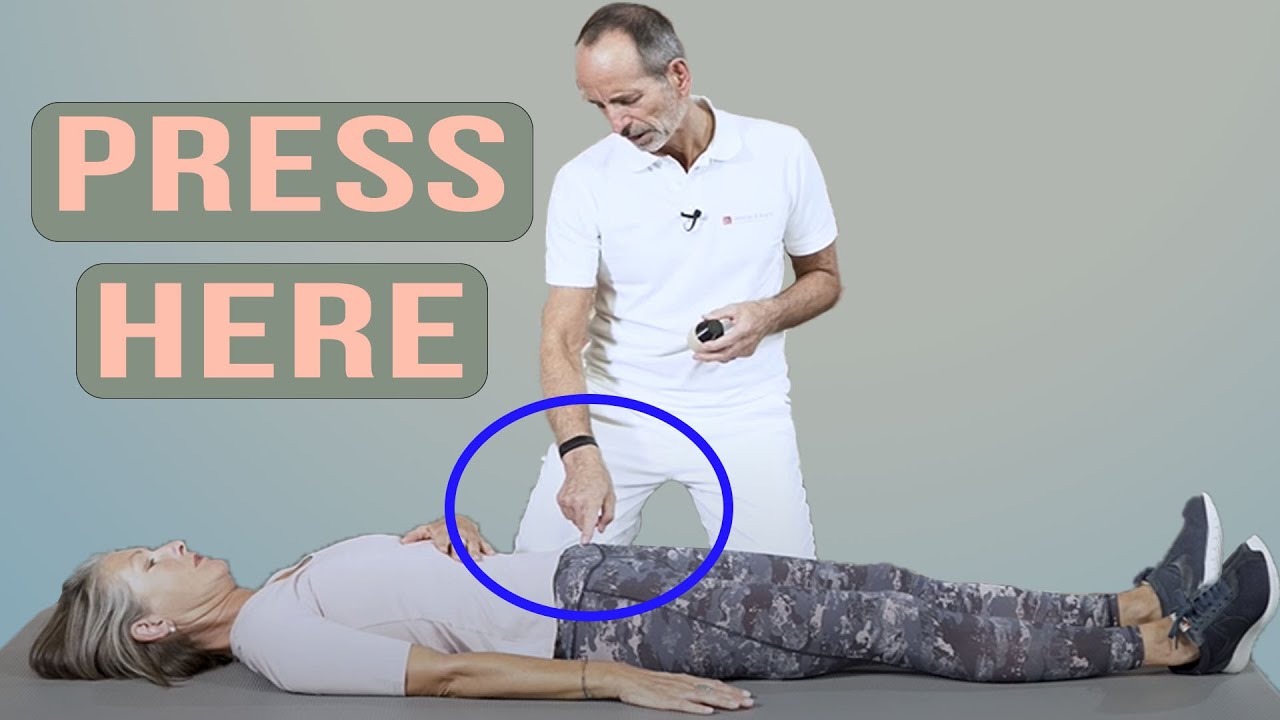Dr. Robert Kim is a medical doctor who specializes in pain management. He became interested in acupuncture as a complementary therapy to conventional medicine. Dr. Kim has a medical degree from Harvard Medical School and has completed an acupuncture certification program.
Acupuncture and acupressure are both ancient healing techniques that offer various health benefits. They are based on the concept of life energy (Qi) flowing through meridians (pathways) in your body. When this flow is disrupted, it can lead to illness. Both techniques aim to restore the balance of Qi, but they do so in different ways.
Diving Deep into the World of Acupuncture 🌍
Acupuncture involves the insertion of thin needles into specific points on the body. This stimulates the body's natural healing response and promotes physical and emotional well-being. Some of the key acupuncture benefits include pain relief, stress reduction, improved sleep, and enhanced digestion. It's also used to treat a range of conditions from migraines and menstrual cramps to chronic fatigue and depression. For more details on its effectiveness for specific conditions, you can check our FAQ page.
Uncovering the Power of Touch: Acupressure Explained 👐
Acupressure, on the other hand, does not use needles. Instead, it involves applying pressure to the same points targeted in acupuncture. This can be done with the fingers, hands, elbows, or even special devices. The acupressure benefits are similar to those of acupuncture, but it's often used for self-care or stress relief. For a visual guide on commonly used acupressure points, see our FAQ page.
Acupuncture or Acupressure? Let's Weigh the Pros and Cons ⚖️
Choosing between acupuncture and acupressure often depends on personal preferences and specific health needs. While both techniques can be beneficial, acupuncture is generally more potent and is usually performed by a trained professional. Acupressure, on the other hand, can be done at home and is a good option for those who are uncomfortable with needles.
Acupuncture vs Acupressure: A Comparison
To help you understand the differences between acupuncture and acupressure, here's a comparison table that outlines their key characteristics and benefits:
| Aspect | Acupuncture | Acupressure |
|---|---|---|
| Technique | Involves the insertion of thin needles into specific points on the body. | Involves applying pressure to the same points targeted in acupuncture, but without the use of needles. |
| Potency | Generally more potent and can offer more immediate results. | Less potent than acupuncture, but still effective for relieving minor aches and stress. |
| Professional Assistance | Usually performed by a trained professional. | Can be self-administered or done by a professional. |
| Comfort Level | May cause discomfort for those who are uncomfortable with needles. 🪡 | Ideal for those who are uncomfortable with needles. ✋ |
| Home Use | Not typically done at home. | Can be easily done at home. |
| Cost | Can be more expensive due to the need for a professional practitioner. | Typically less expensive, especially when self-administered. |
Both acupuncture and acupressure offer unique benefits and can be used to promote overall wellness. Your choice between the two will depend on your comfort level, health needs, and personal preferences.
New to Acupuncture and Acupressure? Start Here! 🚀
If you're new to these therapies and want to explore them further, it's important to understand their techniques. While acupressure can be learned and applied at home, acupuncture should always be performed by a trained professional to avoid any potential risks. You can learn about the acupuncture techniques and acupressure techniques through various resources, including our beginner's guide to acupuncture.
One of the benefits of acupressure is that it can be performed at home with a little bit of guidance. Here is a simple step-by-step guide to help you get started with basic acupressure techniques.
By following these steps, you can start to experience the benefits of acupressure right from your home. Remember, while acupressure can be a powerful tool for self-care, it's not a substitute for professional medical advice. Always consult with a healthcare professional if you have any concerns.
Investing in Your Health: What to Expect for Acupuncture Costs 💰
Considering the cost of acupuncture is also essential. The price can vary widely depending on the practitioner's experience, the length and complexity of the session, and your location. It's also worth noting that many health insurance plans now cover acupuncture for certain conditions.
Acupuncture and Acupressure Basics
Test your knowledge about the basics of acupuncture and acupressure, their benefits, and how to get started.
Learn more about 🔍 Test Your Knowledge: Acupuncture and Acupressure Basics Quiz or discover other Acupuncture Relief quizzes.

























